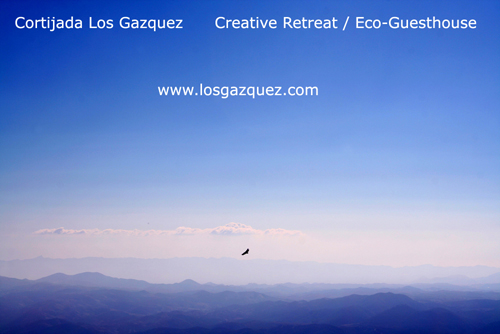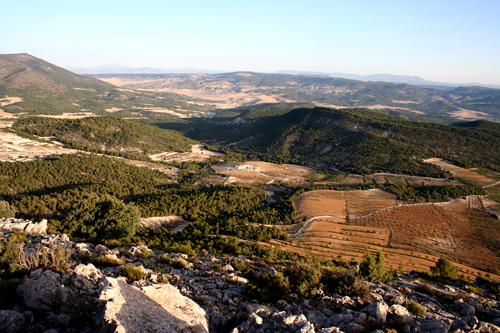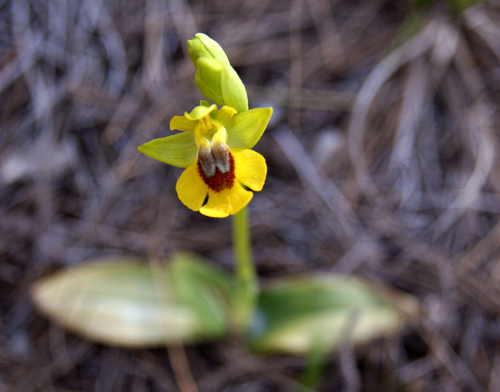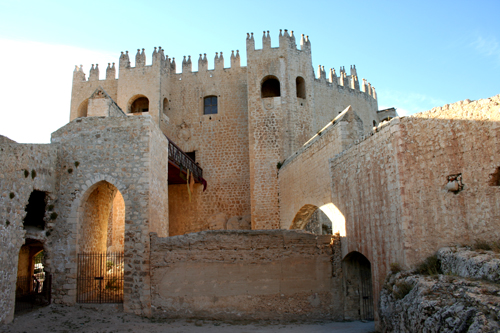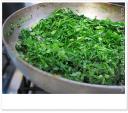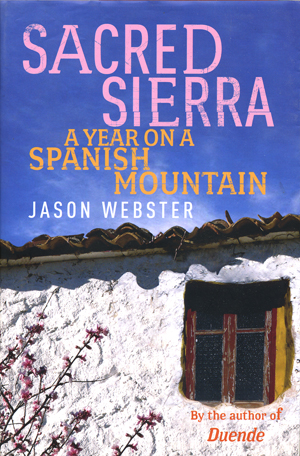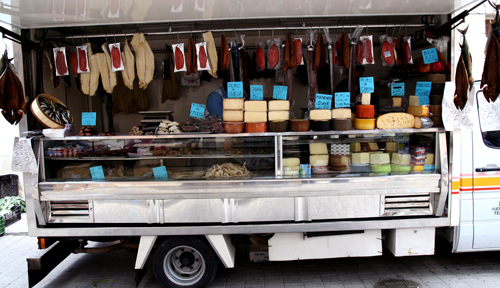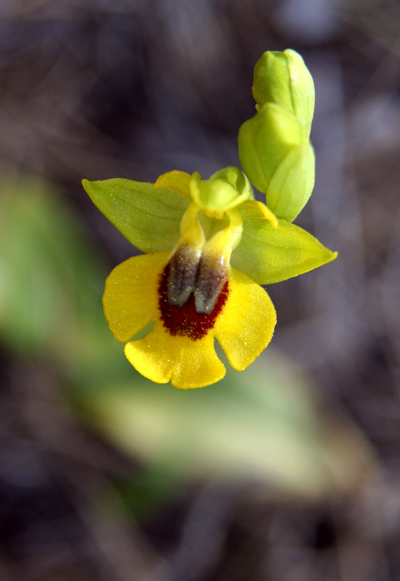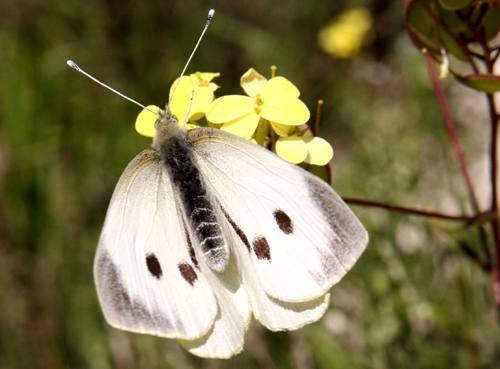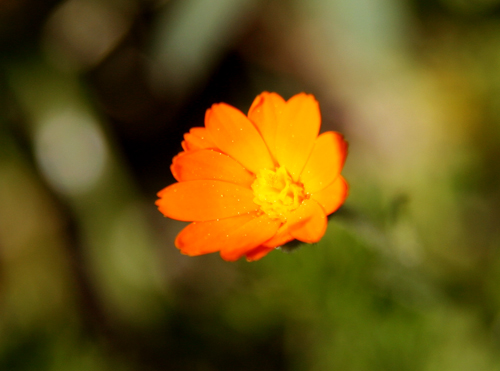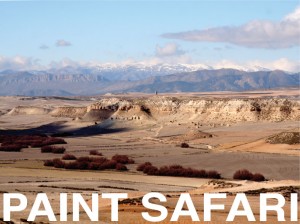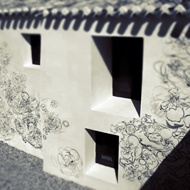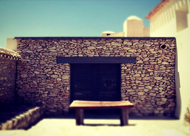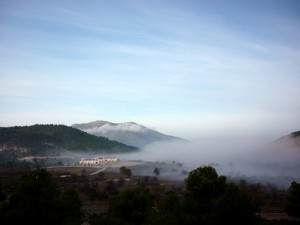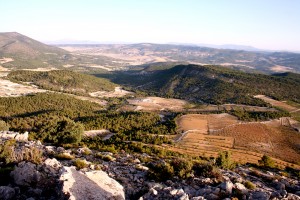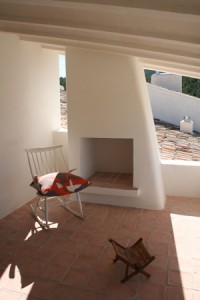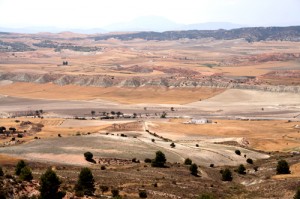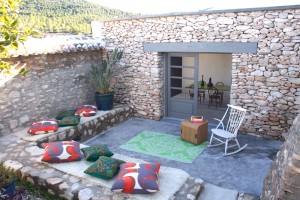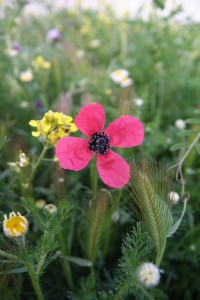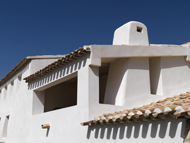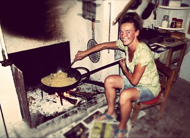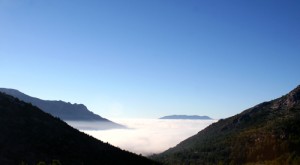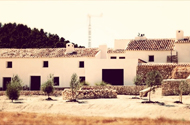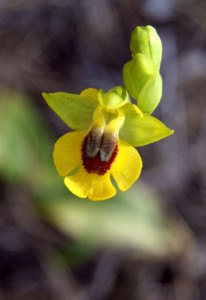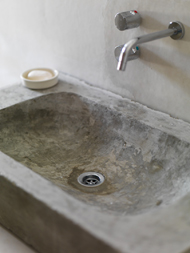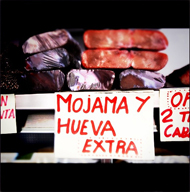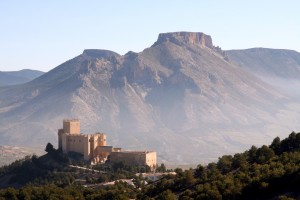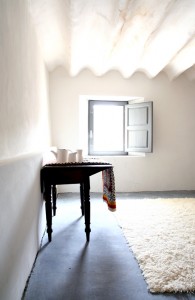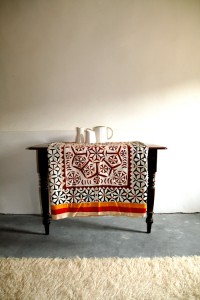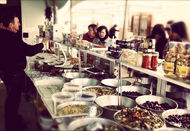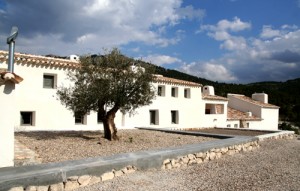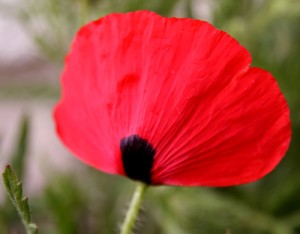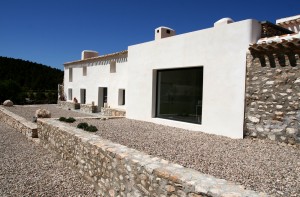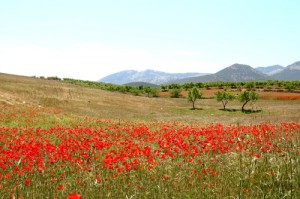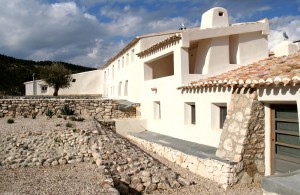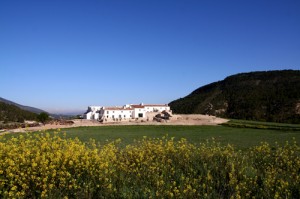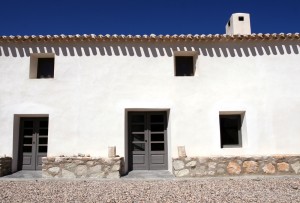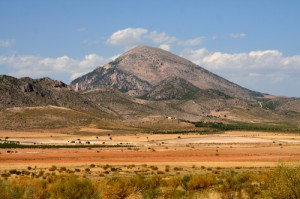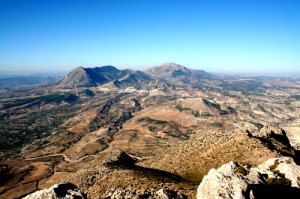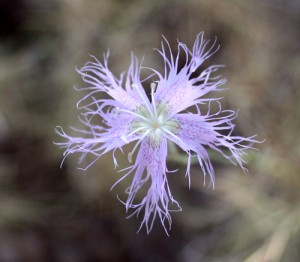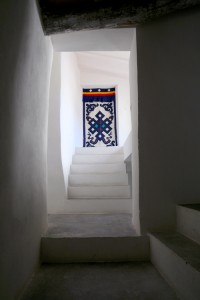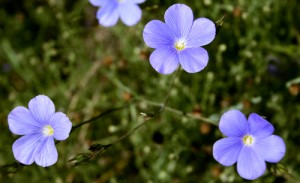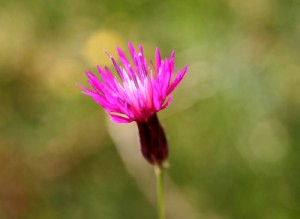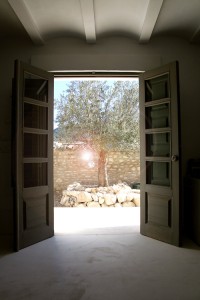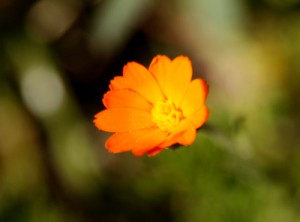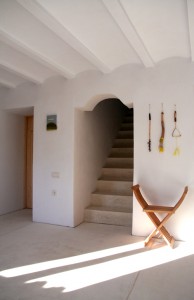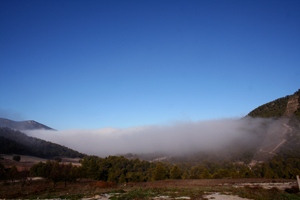Of Dikes and Dams
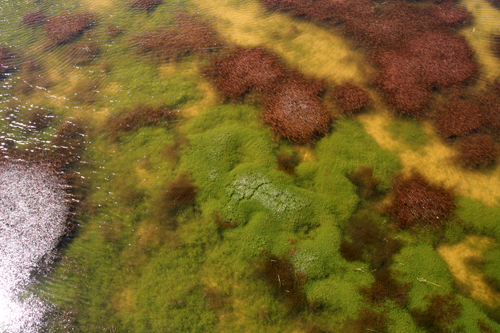
Now everyone knows Spain has an issue with water. And we all know now that global warming is beginning to have an effect on countries like Spain, which in the southern parts are already beginning to experience increased desertification as a result. Obviously the solution (apart from globally trying to reduce ‘greenhouse gas’ emissions) is to manage what water resources we have.
At the grass roots level we can all do more to conserve and preserve what water resources are available to us in our homes. In a single ‘rainfall weather event’ here at Los Gazquez our rainwater harvesting system can collect up to 50,000 litres of water for use in the house. It’s free too.
The irony of the economic downturn in Spain, particularly in construction, is less demand on these precious water resources. Fewer golf courses would help too. I should add that nobody wants to see people unemployed but with the right initiatives a ‘green’ economy could be built here if govornments were prepared to initiate principles for sustainable tourism.
Managing water resources is a huge problem, and here is one of the reasons why.

This is the dam for the ‘Embalsa de Valleinfierno’ built (I believe) by Franco in the 50′s. I don’t know the history of the construction in detail other than to know it didn’t work. The reservoir that was supposed to be supported behind the construction rapidly filled up with silt making it a beautiful but useless white elephant.
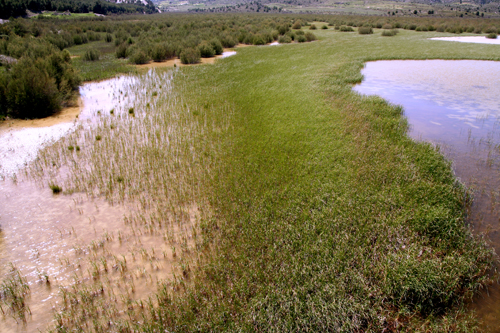
It’s now a shallow lake of Phragmites and Tamarisk and rather pleasant waterfowl. However it is about to experience a transformation.
One of the unexpected challanges you encounter in attempting to conserve your water resources on such grand scales is the unforgiving character of the land you are trying to work with. It is a reservoir fed from the fragile clay barrancas and ramblas of the Parque Natural Sierra Maria-Los Velez. The water that feeds these dry ephemeral streams comes from extreme weather events. When I say extreme I mean deep winter snow, very large national weather fronts and summer thunderstorms. The consequence is that these fluvial systems suddenly fill up by several meters on occasion and cause massive amounts of soil erosion. The detritus from this erosion ending up in the reservoir.
The solution…
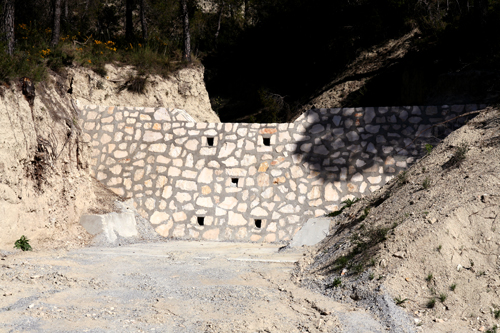
is to build huge dikes extending back miles through these river systems in an attempt to filter out the silt.
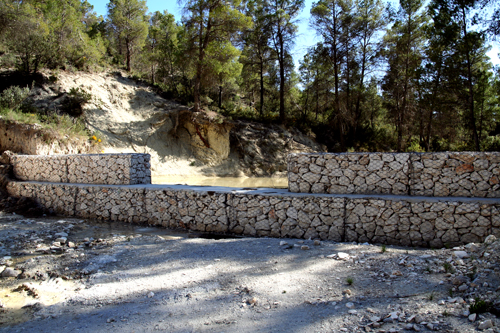
If this system works (and to be honest our barranca is littered with the broken predecessors of these exact same systems) then the urban centres like Lorca and the fields of vegetables which surround this market town will succeed. For such grand schemes to work they will need to combat the erosion and to do that is to preserve the flora on the land in the mountains thus combating the erosion.
I have misgivings about such schemes in this environment prefering to preserve water as we do, at one’s home. It’s not appropriate to some developments now of course but it is something that should be encouraged within new building legislation or with grants to adapt existing homes.
Another irony is of course the fact that the builders who endure baking summer heat to build these things are protected from bush fire by the health and safety executive who cut down all the plantlife on the forest floor prior to work starting.
I once knew a sculptor who worked with wood and he told me ‘never make wood bend to your will, it will never work. You must work with the wood and understand it’s nature’.

